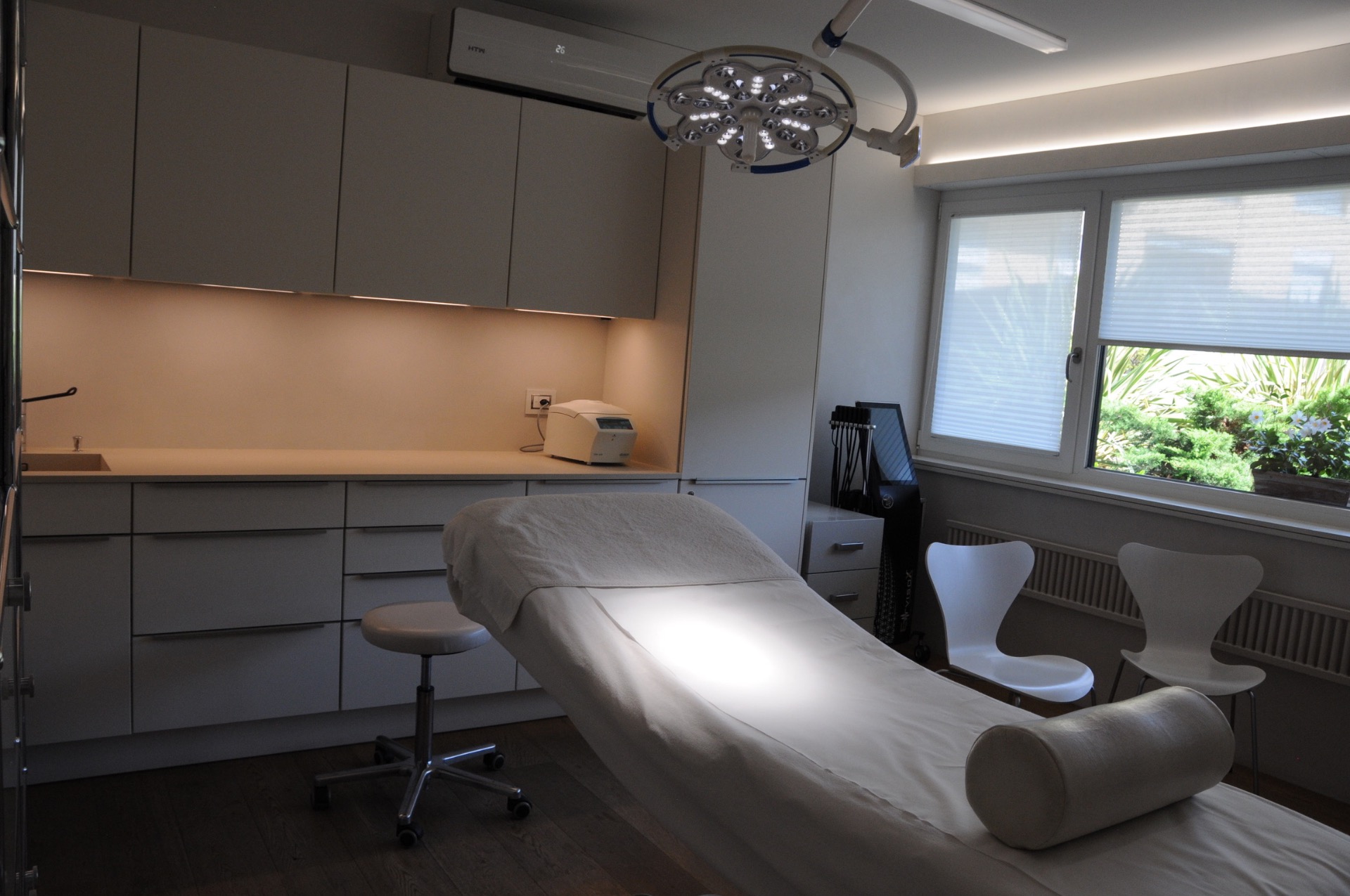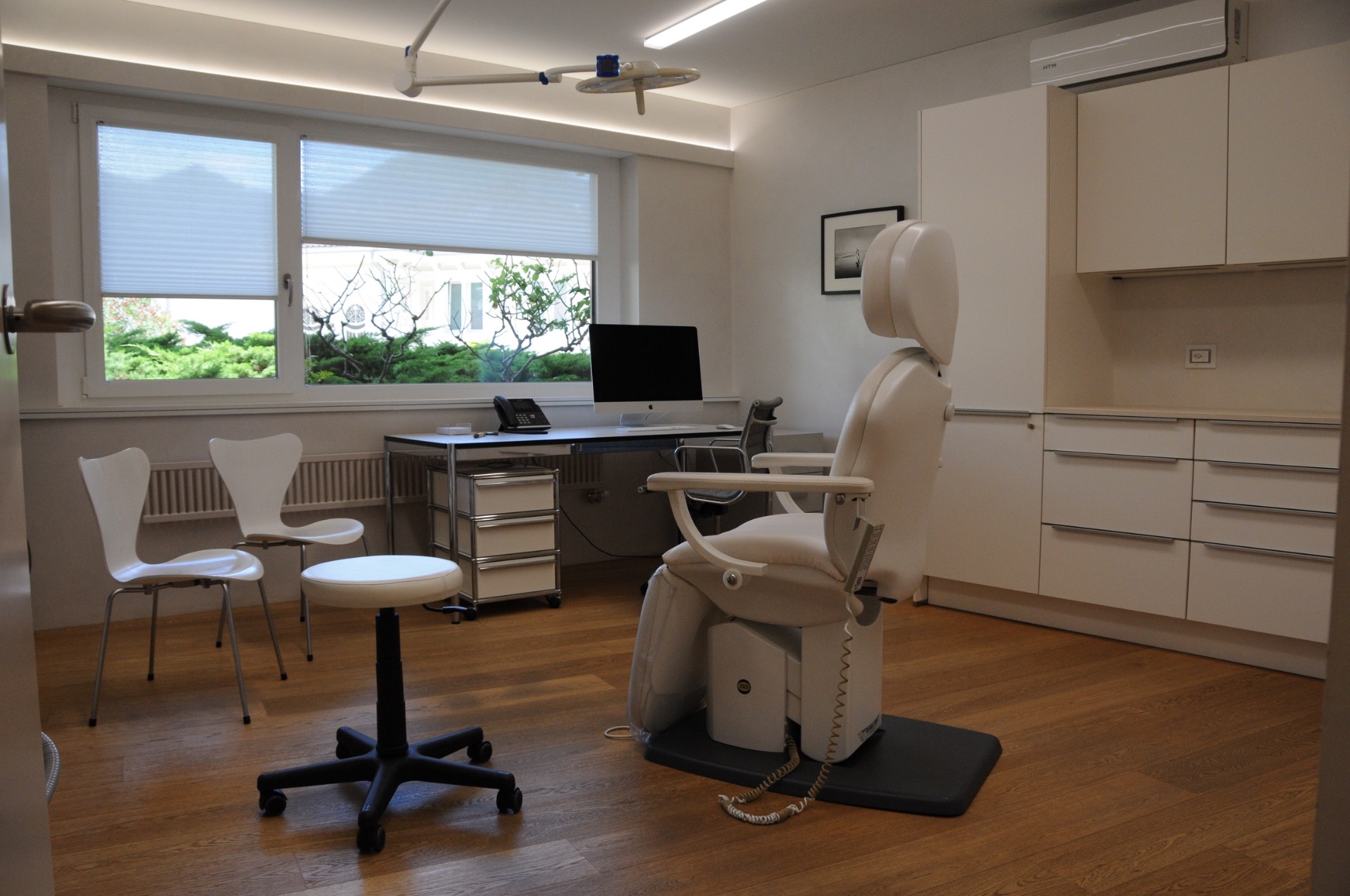Dermatology - Pathologies



Pathologies treated in classical dermatology
Classical dermatology is not limited to therapy alone, but also includes prevention through periodic control of the minds and the correct management of skin health.
Atopic dermatitis: Chronic skin inflammation that manifests itself with severe itching and dry skin, often associated with a personal or family history of allergies.
Psoriasis: Immune-mediated inflammatory disease, known for its well-defined erythematous and squamous plaques, which can affect different body regions and sometimes the nails.
Acne: Sebaceous gland disorder that presents with comedones, papules, pustules and, in the most severe cases, cysts or nodules, typical of adolescence but also possible in adulthood.
Vitiligo: Alteration of skin pigmentation characterized by white patches due to the loss of melanocytes, which manifests itself in an unpredictable and variable way.
Contact dermatitis: Inflammatory reaction caused by exposure to irritants or allergens, which causes redness, itching and sometimes blisters.
Eczema: Set of itchy skin manifestations, characterized by erythema, desquamation and, in acute cases, by serous vesicles.
Rosacea: Chronic pathology of the face, recognizable by its recurrent redness, papules, pustules and fine telangiectasias, capable of influencing psycho-relational well-being.
Lichen planus: Inflammatory disease that presents with purplish, shiny, often itchy papules, localized on the skin, mucous membranes and nails.
Orticaria: Transient phenomenon of pumps and itching, due to the release of histamine, which usually resolves in a few hours but can recur.
Seborrheic dermatitis: Frequent inflammatory condition in areas rich in sebaceous glands, such as the face and scalp, characterized by greasy scales and redness.
Autoimmune bullous diseases: Rare diseases in which boils and erosive lesions develop, as in the pemphigus and in the bullous pemphigoid, with cutaneous and mucous involvement.
Skin infections: Manifestations due to the attack of bacteria, viruses or fungi, such as impetigo, warts, herpes simplex or mycoses, which can have very varied pictures.
Skin tumors: Lesions of various kinds, from benign ones such as nevi, to malignant forms such as basal cell carcinoma, squamous cell carcinoma and melanoma, whose early diagnosis is essential.
Mycosis: They are infections caused by fungi that affect the skin, nails and, in some cases, the hair.
Pigmentary alterations: They are changes in skin color (melasma) caused by an abnormal production or distribution of melanin.
